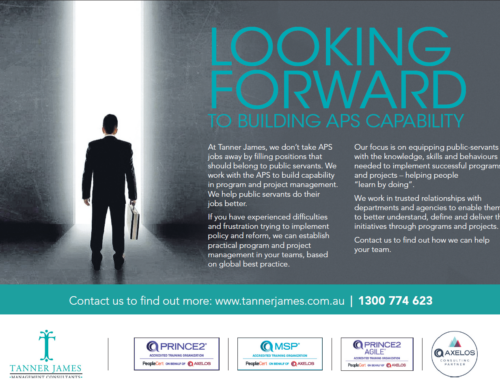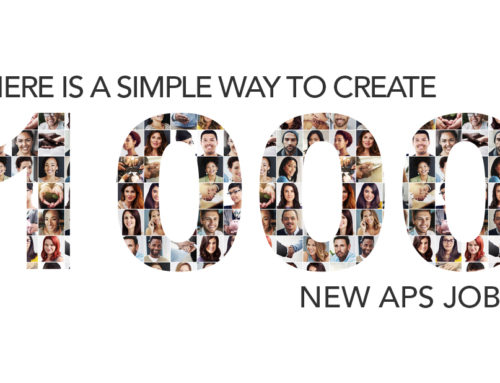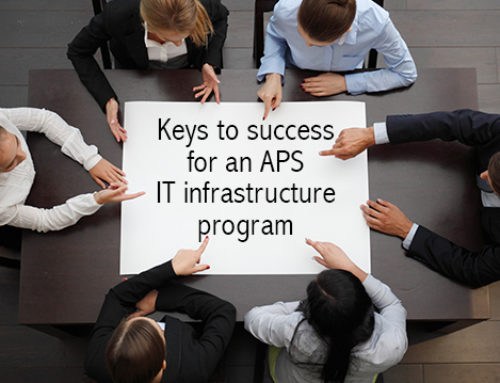I was running a client briefing recently, and something wonderful happened: an unstructured conversation broke out, and I was left standing in the corner as a spectator. I abandoned the remainder of the briefing slides, and joined the conversation where I thought I could contribute. Afterwards I reflected that this should be the norm, but I think all too often teams are having superficial conversations. Do any of the following scenarios sound familiar?
The Structured Meeting
The papers are meticulously prepared for the Senior Executives. They all have matching packs, printed in colour, with tabs, dividers and A3 sheets carefully creased to ensure they all fold out the same way.
There is a precisely timed agenda, with each item annotated for approval, noting, or agreement. The Chair is well practiced at running meetings, and steers things through to the foregone conclusion. All the key players nod and making bland remarks along the way to ensure they have participated but not taken things of course.
Point of order: why did you have a meeting in the first place if everything was a foregone conclusion? Or if it wasn’t, why didn’t you allow a real opportunity for people to contribute, such that new directions and decisions could emerge from the meeting itself?
Structured meetings are superficial if they don’t allow real participation.
The Whiteboard Frenzy
This is in many ways the opposite of the structured meeting. We all gather around a whiteboard, and draw stuff. No-one knows where the meeting is going, or why it is going. But it’s addictive. Everyone can grab a pen, add their little contribution, and feel they’ve been a part of something.
At the end – when the board is full, people are getting bored (pun intended), or some have another meeting to go to –everyone says “that was really valuable”. Someone will then write “do not erase” on the top corner of the board, and then everyone feels free to leave, safe in the knowledge that the shared workings will remain there for a good while.
I’m a consultant, so I confess I do love a good whiteboard frenzy. But it really helps if at the end of such a session someone pulls things together in terms of agreements and commitments to action before everyone leaves the room.
Whiteboard frenzy’s are superficial if they don’t lead to real action.
Agreement without mutual understanding
This is when people from different parts of your organisation, or from a different organisation, have a conversation that is clearly not connected. It is a type of conversation that is often seen in the early days of a project, when people first meet.
One person says something, based on their mental models and perspective on things. In response, the other party says “yes and…”, and then proceeds to provide an explanation based on their (different) mental models and (different) perspective. And so it goes on. Each person advocates their own thinking without genuinely comprehending and/or accepting what the other is saying.
Such conversations can be frustrating to witness, but the consequences can often be downright dangerous – people act in the belief (or hope) that their position was understood and accepted, when often it is clearly at odds with other views being expressed.
Agreement without mutual understanding arises due to superficial engagement, where people are not aligned in their thoughts or actions.
How to fix this?
It’s easy – go and have the real conversation! Tune into your thoughts and feelings, and be transparent about why you think what you think. Try to create an environment for meetings in which individuals and the group feel safe to express their views, and appropriately balance advocacy and enquiry.
How does this all work in the world of programmes and projects? Feel free to call me personally on 0407 404 688 or email me at john.howarth@tannerjames.com.au.
What do you think?
Please comment on the blog itself or via LinkedIn.






Leave A Comment